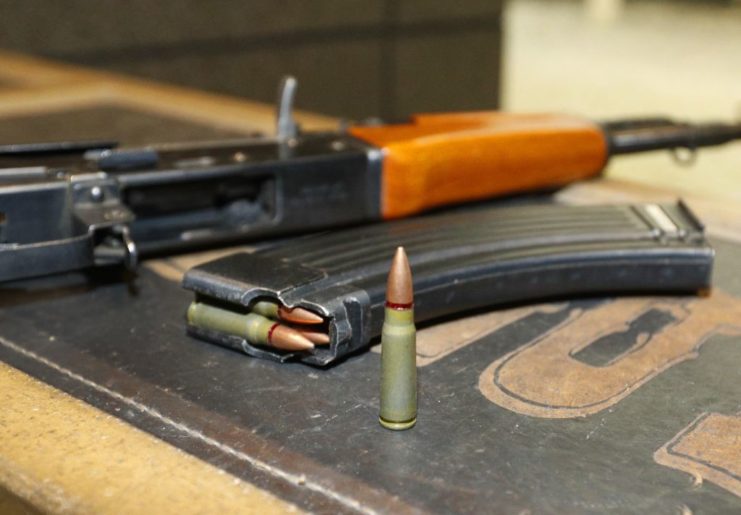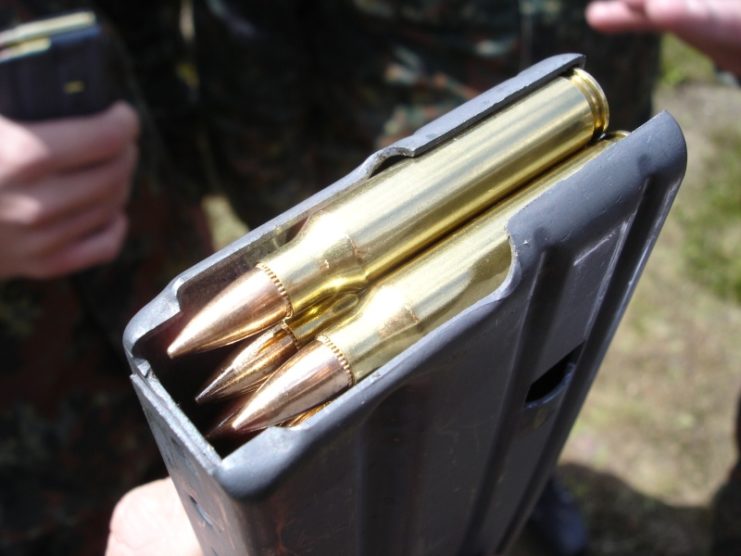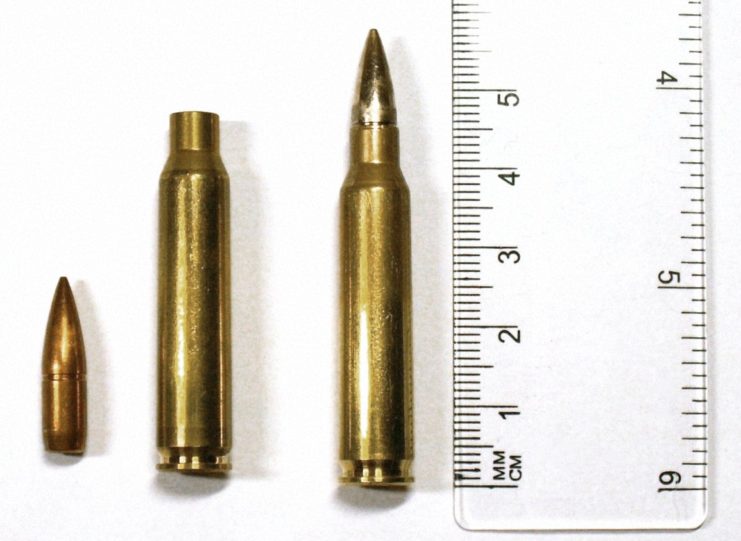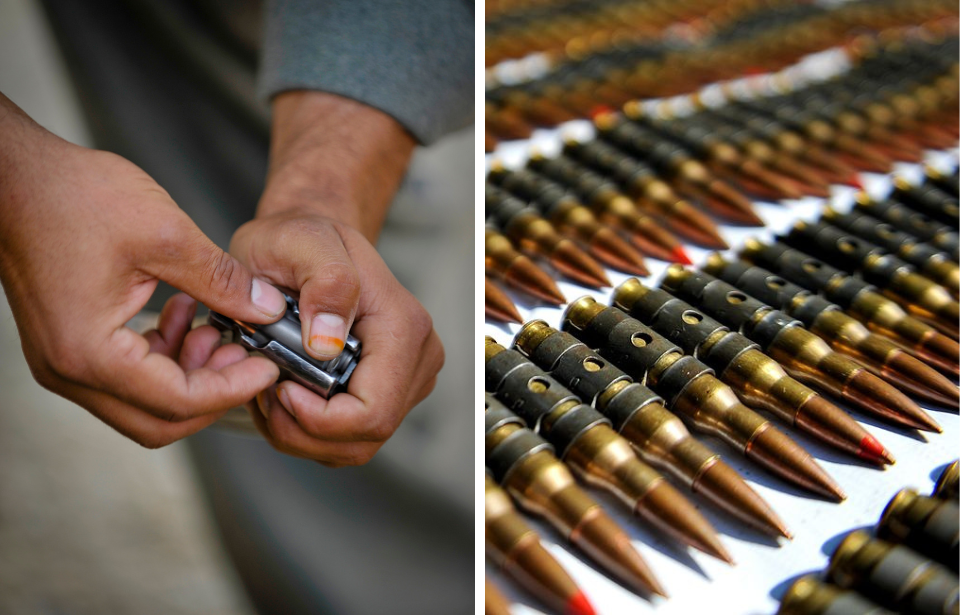5.56 x 45 mm vs 7.62 x 39 mm; when it comes to ammunition, these two cartridges are among the most prolific and well-known. They’re used throughout the globe by a number of military forces who rely on their range, accuracy and firepower. Even though both are reliable and effective in a variety of circumstances, the debate over which is the all-around best is contested.
By looking at such variables as power, accuracy and the amount of recoil, we can put these two bullets to the test to see which is the ultimate long-distance round… And which comes in a very close second.
The prolific 7.62 x 39 mm round
The 7.62 x 39 mm round, also known as the .30 Russian Short and the 7.62 Soviet, is a rimless, bottle-necked cartridge used worldwide, thanks to the development of the Russian SKS semi-automatic rifle and both the RPD and RPK light machine guns. In particular, the 7.62 mm round has the prolific AK-47 to thank for becoming one of the most-used cartridges in the world.
In 1943, Russian armament officials began work on the development of a Soviet intermediate cartridge that could be used by a range of infantry weapons. The aim was to replace such Allied cartridges as the American .30-06 Springfield and the .303 British. A total of 314 cartridge designs were considered, with the testing pool narrowed down to just eight.

The first variant of the 7.62 mm went into trials at the end of 1943. The original cartridge was actually 41 mm in length, while the bullet itself was 22.8 mm long, with a lead core. After some tweaks and adjustments, the 7.62 Soviet went into production in March 1944 and was eventually adjusted to its current 39 mm length.
Unlike the 5.56 NATO, the 7.62 mm is a larger round featuring a deadly degree of kinetic transfer and stopping power. This has made it the preferred choice when aiming at enemies with body armor. However, as it was developed as a one-size-fits-all round, it delivers less accuracy and increased recoil.
The adaptable 5.56 x 45 mm NATO
The 5.56 x 45 mm NATO consists of the SS109, L110, and SS111 cartridges. It was developed by Eugene Stoner, with help from Remington, Winchester and the US Army, and by 1980 was standardized as the second standard-service rifle cartridge for NATO forces, as well as many non-NATO countries.
In 1954, the larger 7.62 x 51 mm cartridge was selected to be the first standard NATO rifle cartridge. This decision, however, was criticized due to the round’s recoil power, which didn’t suit the rate of fire needed for modern combat. The United States overruled NATO’s choice, while other countries accepted that the overall standardization of ammunition was more important than what cartridge was chosen.

The concerns surrounding the effectiveness of the 7.62 x 51 mm led to the development of the 5.56 mm NATO in the 1970s. The resulting cartridge was a smaller round, which could withstand higher pressure than the older and outdated NATO rounds. Even though the 5.56 mm was a smaller projectile, it provided greater accuracy over longer distances.
The smaller size also drastically reduced recoil and, since it was smaller and lighter, troops could carry more ammunition than ever before. Even though the 5.56 x 45 mm isn’t as powerful as its predecessor, its accuracy and recoil make it the superior round. With a 500-yard effective range, low recoil, a flat trajectory and spacious magazine capacity, the 5.56 NATO is a no-brainer for many marksmen.
5.56 mm vs 7.62 mm
With the topic at hand being a 5.56 x 45 mm vs 7.62 x 39 mm battle, the time has come to decide which one is the superior long distance cartridge. Given all that’s been discussed, it’s our argument that the 5.56 NATO is the ideal choice for users looking to cover a lot of ground. This is largely due to its greater accuracy, smaller size and lesser recoil.

More from us: K31: The Swiss Rifle That’s Become a Popular Collector’s Item
That being said, it should be noted that both the 5.56 mm and 7.62 mm serve very different purposes. Therefore, under a different set of circumstances or needs, the 7.62 Soviet might very well come out victorious.
